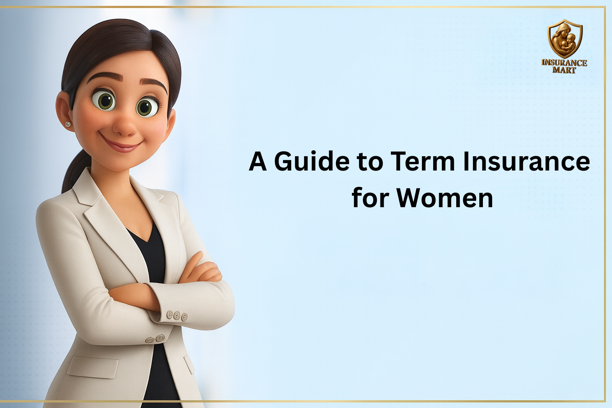
In practice, these Zero-Cost Term Insurance in India or return-of-premium-style term plans come with specific rules. The refund usually applies if you surrender the policy during designated windows and while you’re alive, and it typically covers the base premiums paid. Often, taxes, rider charges, and other fees are excluded from any refund. The timing of the exit matters: policies may stipulate minimum holding periods, age limits, or specific years during which you can exercise the option. If you miss the window or don’t meet the conditions, the refund feature may not apply.
The clip also contrasts a standard term plan with a Zero-Cost Term Insurance in India for a hypothetical 30-year-old male seeking a large cover. It mentions that a non-zero-cost plan could have a premium around 11,553 (the currency isn’t specified in the transcript). While the recording doesn’t provide the exact premium for the zero-cost plan, such options generally have higher premiums than basic term coverage because they include the potential return of premiums. In other words, you’re paying extra for flexibility and the possibility of getting money back if you exit within the policy’s rules.
When considering these options, it helps to weigh trade-offs. A standard term policy usually offers the lowest premium for the coverage amount but provides no return if you outlive the term. A zero-cost variant can offer psychological comfort and flexibility, yet the higher premium has an opportunity cost—money that could potentially be saved or invested elsewhere. Other factors include your time horizon, the likelihood that you’ll use the exit option, your tax situation, the impact of inflation on future refunds, and how the insurer calculates “premiums returned.”
Before deciding, review the policy wording carefully. Clarify what “all your premium” actually means, which charges are excluded from any refund, and the exact conditions and windows for exit. Check how riders affect eligibility, what happens if you miss a premium, and whether surrender values differ by age or policy year. If the product fits your need for flexibility and you understand the costs and conditions, it can be a useful tool. Otherwise, a straightforward term plan may remain the most cost-effective way to secure protection.

























